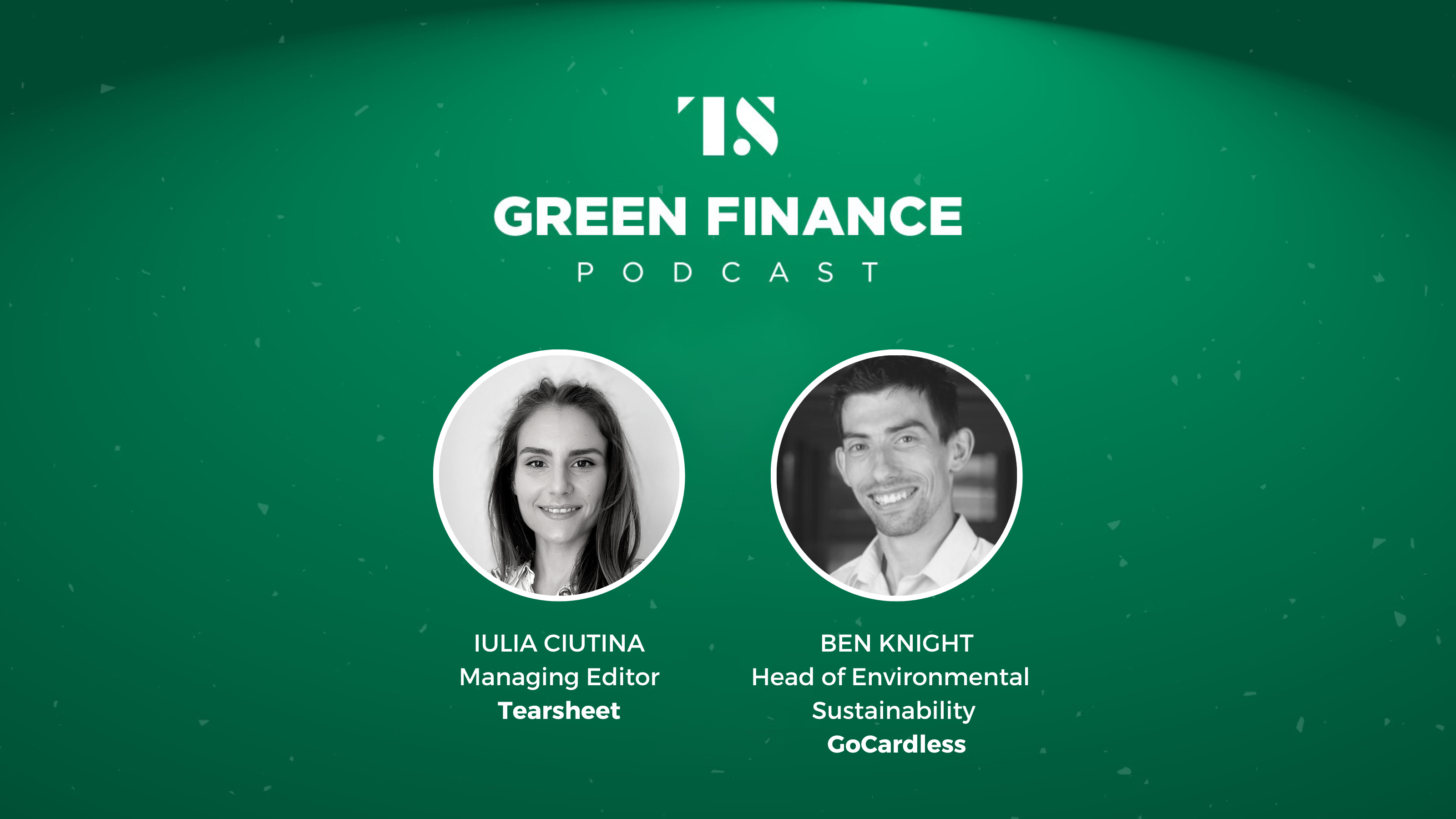Green Finance, The Green Finance Podcast
The Green Finance Podcast Ep. 16: What’s the environmental impact of payments?
- In our journey of reducing our carbon footprint, it turns out that it’s not only what we buy that can make the difference -- how we pay for things can play a part, too.
- Using alternative payment methods like ACH can help consumers lower their carbon footprint by generating zero carbon emissions.









